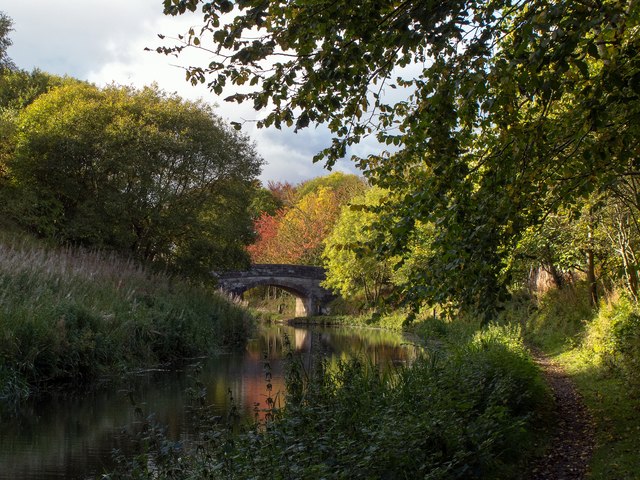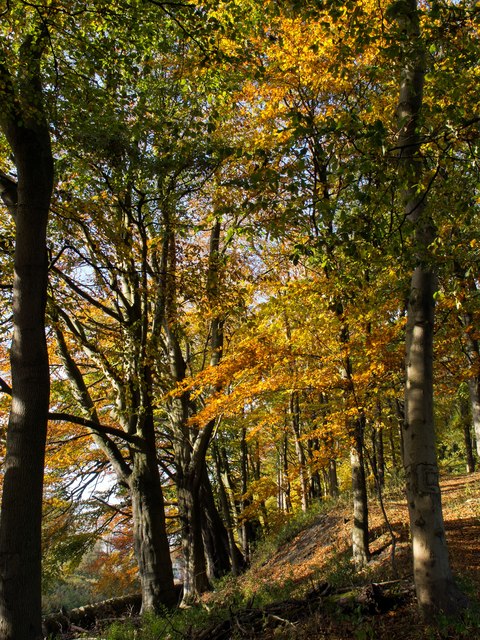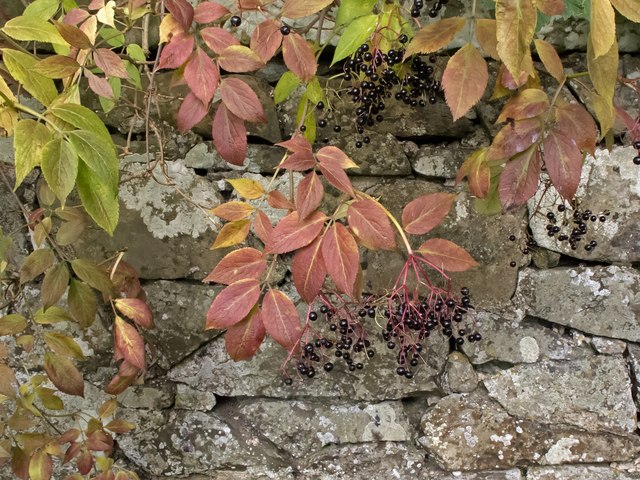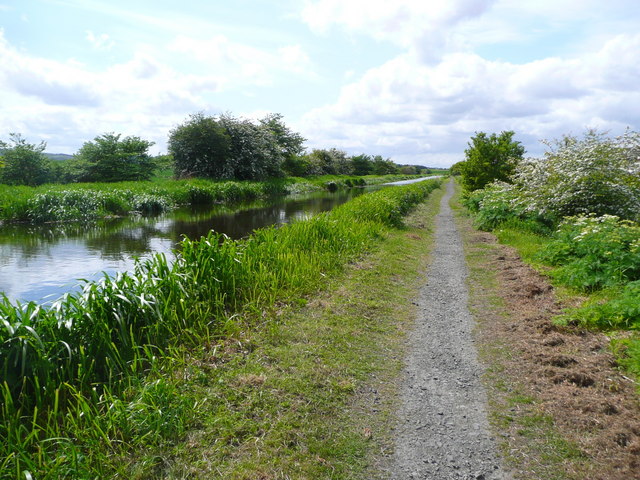Philpstoun Muir
Wood, Forest in West Lothian
Scotland
Philpstoun Muir

Philpstoun Muir is a small village located in West Lothian, Scotland. Situated on the eastern edge of the county, it is surrounded by lush woodlands and forestry, making it an ideal destination for nature lovers and outdoor enthusiasts.
The village itself is relatively small, with a population of around 500 people. It is known for its picturesque countryside and tranquil atmosphere, offering a peaceful escape from the hustle and bustle of city life. The woodlands surrounding Philpstoun Muir are home to a variety of wildlife, including deer, rabbits, and various bird species, making it a popular spot for birdwatching and nature photography.
In addition to its natural beauty, Philpstoun Muir is also steeped in history. The village is situated near the site of an ancient Roman fort, which was built in the area during the Roman occupation of Scotland. Visitors can explore the remains of the fort and learn about its significance in the region's history.
For those looking to explore the outdoors, there are several walking and cycling trails that wind through the woodlands surrounding Philpstoun Muir. These trails offer stunning views of the surrounding countryside and allow visitors to fully immerse themselves in the natural beauty of the area.
Overall, Philpstoun Muir is a charming village that offers a peaceful retreat in the heart of West Lothian's woodlands. With its rich history and stunning natural surroundings, it is a must-visit destination for anyone seeking a tranquil escape in the Scottish countryside.
If you have any feedback on the listing, please let us know in the comments section below.
Philpstoun Muir Images
Images are sourced within 2km of 55.97468/-3.5036986 or Grid Reference NT0676. Thanks to Geograph Open Source API. All images are credited.
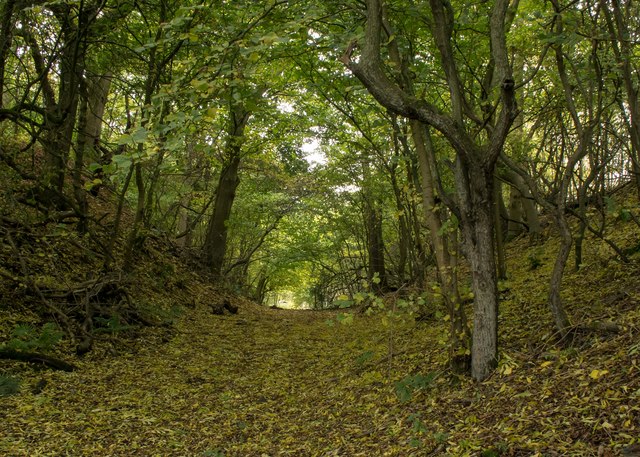
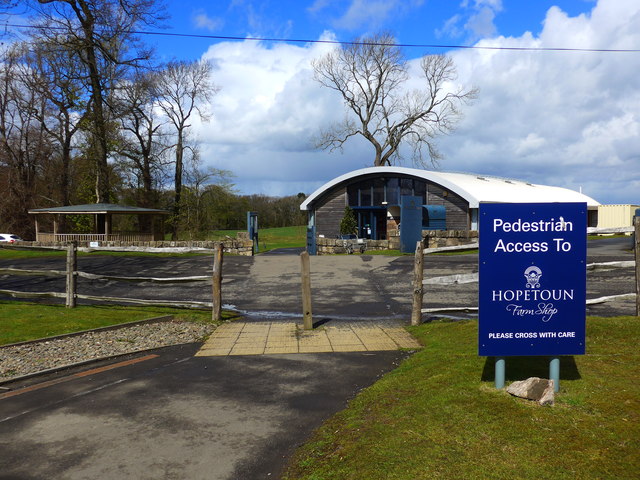




Philpstoun Muir is located at Grid Ref: NT0676 (Lat: 55.97468, Lng: -3.5036986)
Unitary Authority: West Lothian
Police Authority: The Lothians and Scottish Borders
What 3 Words
///warblers.gasp.uptake. Near Winchburgh, West Lothian
Nearby Locations
Related Wikis
Winchburgh rail crash
The Winchburgh rail crash was a multi-train rail crash that occurred on Monday 13 October 1862, 1+1⁄2 miles (2.4 km) northwest of Winchburgh in Linlithgowshire...
Philpstoun railway station
Philpstoun railway station was a railway station in the village of Philpstoun, to the east of Linlithgow in West Lothian, Scotland. It was located on the...
Philpstoun
Philpstoun is a small village in West Lothian, Scotland, situated roughly 2 miles (3.2 km) east of the historic county town of Linlithgow. The village...
Winchburgh Academy
Winchburgh Academy is a secondary level school, in Winchburgh, West Lothian, Scotland. The school is adjacent to B9080 road which is to the west of Winchburgh...
Nearby Amenities
Located within 500m of 55.97468,-3.5036986Have you been to Philpstoun Muir?
Leave your review of Philpstoun Muir below (or comments, questions and feedback).


